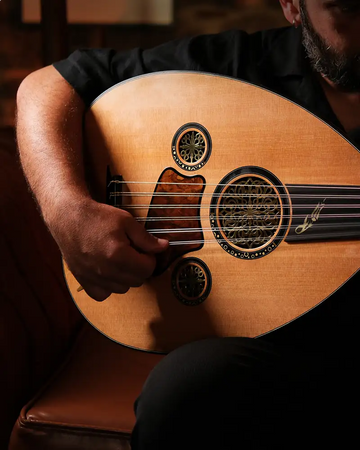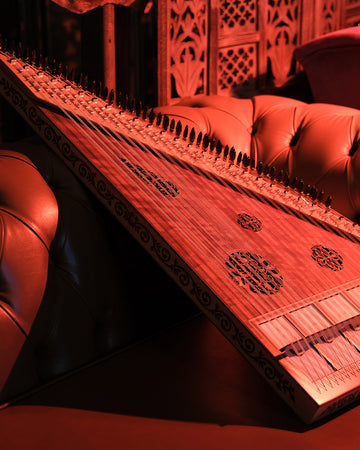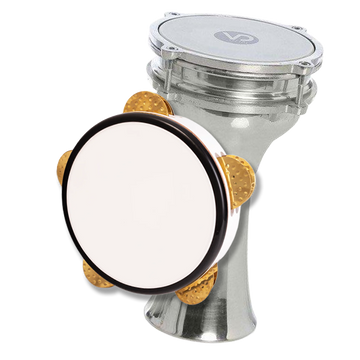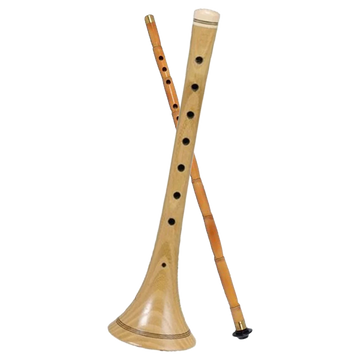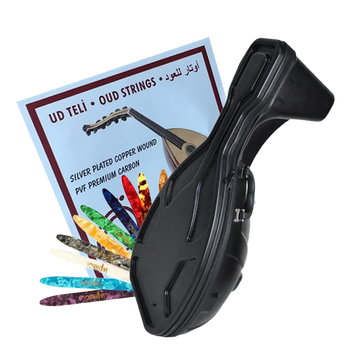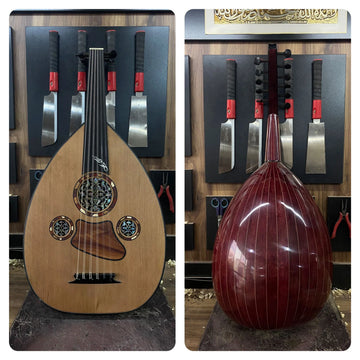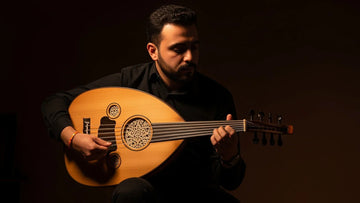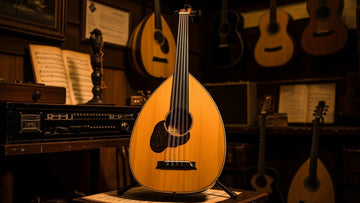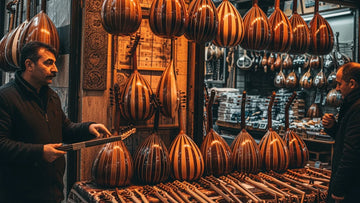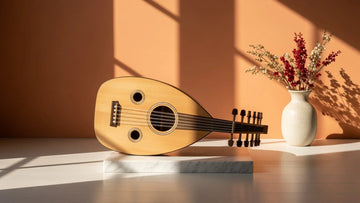A Short History of the Oud, “King of Instruments”
If the world of Arabic music were a kingdom, this instrument would undoubtedly be its bona fide ruler. He has often been called the "king of instruments" and rightly so as the iconic tones of the sound he produces has become a symbol of the world of traditional Arabic music. Literally meaning ‘branch’ or ‘flexible rod,’ the oud is the main instrument of a piano-like composition. There are theories that the oud is the predecessor of the guitar, evolving from the Persian man, who then made his way to Europe via North Africa.
The presence of oud in the Arab world can even be traced back to the 2nd and 1st centuries BC, and its influence cannot be denied in the development of music in the Arab world.
As for the invention of oud, there are many different accounts with some even making debuts in religious texts. The biblical story of the instrument states that Lamak, a direct descendant of Cain, was the one who invented it. According to the story, Lamak's son died and his body was hung from a tree. After a long time, his body decomposed and all that was left was his skeleton, which looked like the shape of an egg.
However, a more likely theory behind the invention or creation of the instrument is found in texts from the Arab world of the 14th century. Abu Al Fida and Abu Al-Walid Ibn Shihnah were two prominent writers who believed that the origin of -Oud may have been placed somewhere between 241 and 72 BC, under the rule of King Shapur.
Ibn Shinhah believed that the development of the instrument was a process that was facilitated by the relationship that the religious offices had with the accompanying musicians. There are also theories that support the migration of oud from Asian kingdoms somewhere before the 7th century, suggesting that it evolved from a similar Chinese instrument known as the guzheng.
Its beginning is certainly something that scholars have yet to point out despite its appearance in texts even from the 9th century E.C.; however, its significance cannot be disputed. The oud is probably the most commonly used instrument in Arabic music.
Oud is traditionally made of light wood. It has a short neck and is connected to a large round body that serves as the base of the instrument. Its shape is somewhat similar to the shape of a pear.
Although there are many variations, the acoustic string instrument is typically built with 11 strings, 10 of which are connected together with the 11, and the lowest note is played on its own, usually as a melodic type metronome. Similar to other string instruments, oud strings are spirally reinforced as they are twisted very tightly and then attached to give it its unique sound.
However, unlike almost all string instruments that are typically found with a large singular hole in the center of the base body, the oud can have up to three holes, varying in size. The three holes are a much more traditional sight, each symbolizing celestial bodies. The larger one exists in the center as the sun, as the two smaller holes are representations of the moon and produce a higher pitch. Today, oud can be found in all genres of Arabic music, from folk to classical, to pop. Its popularity has increased not only in the Arab World but also in the West.
